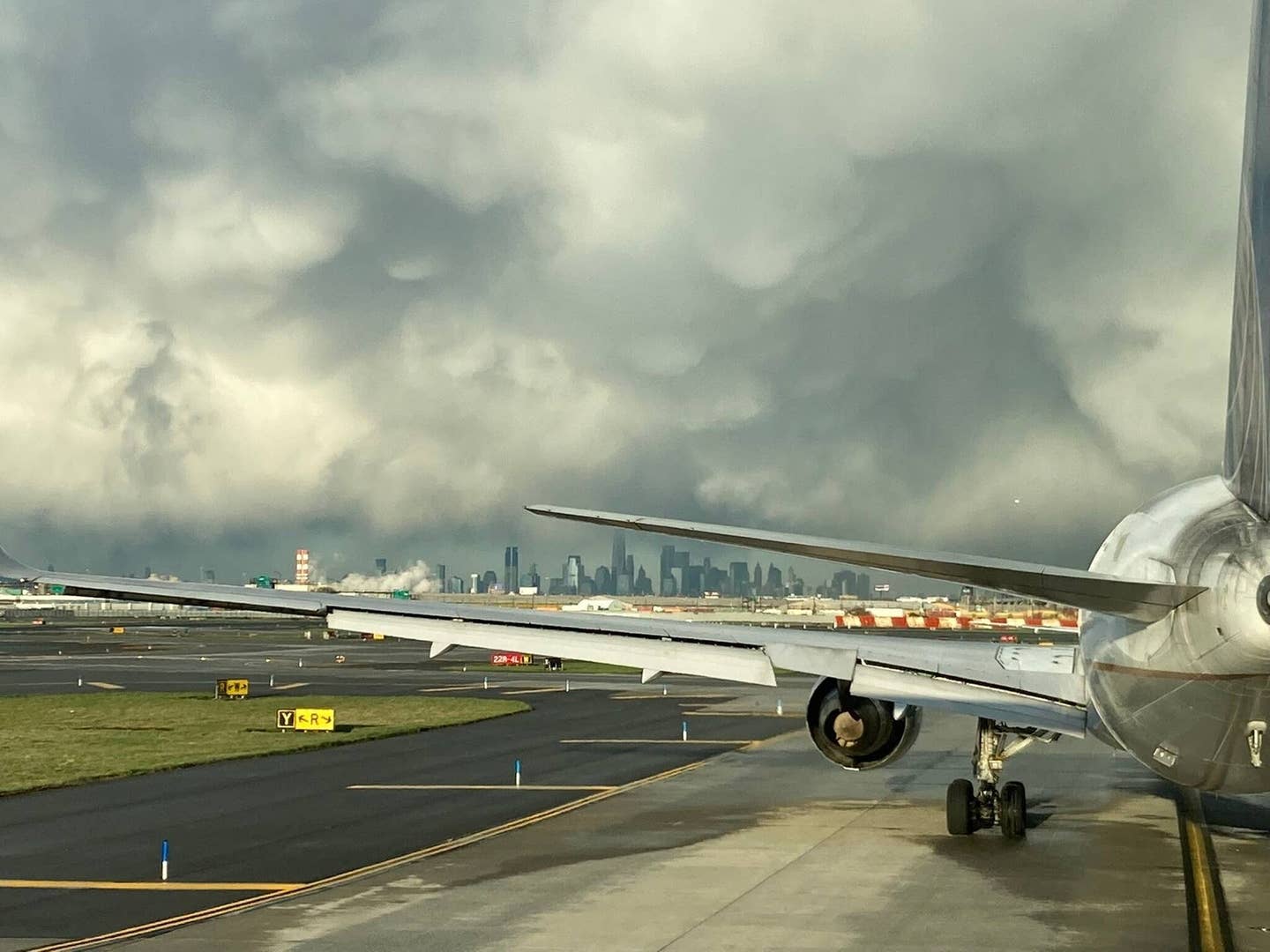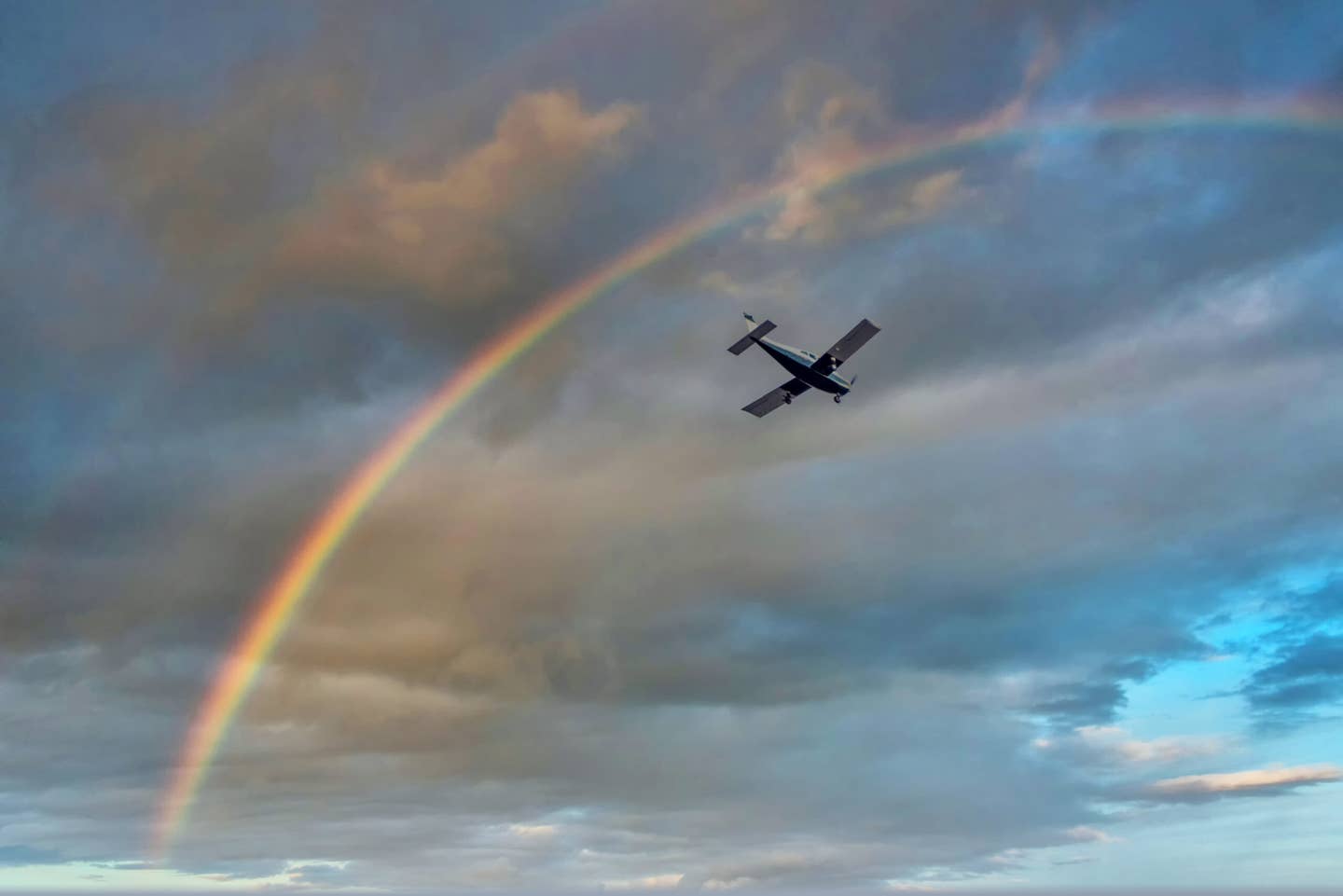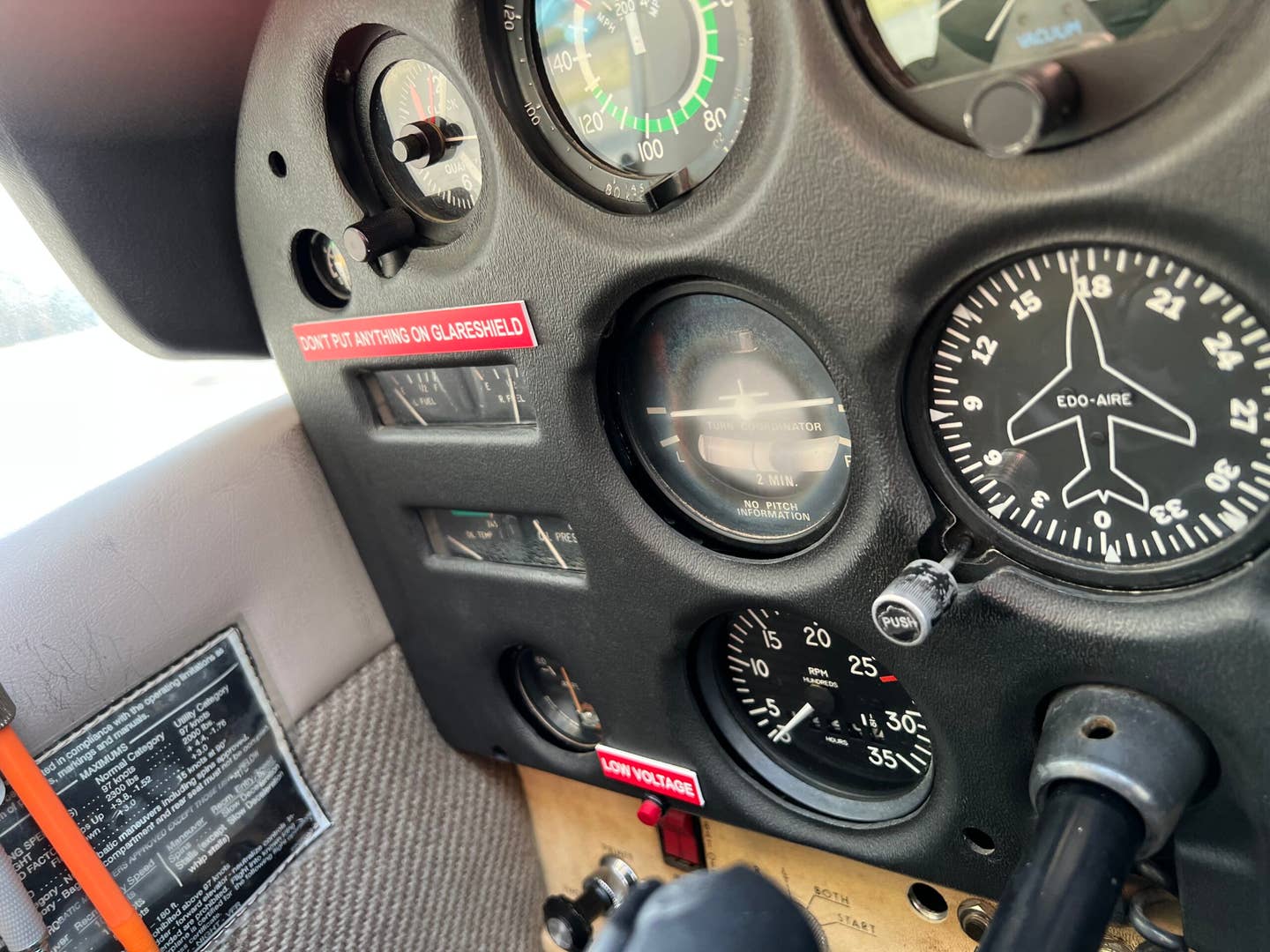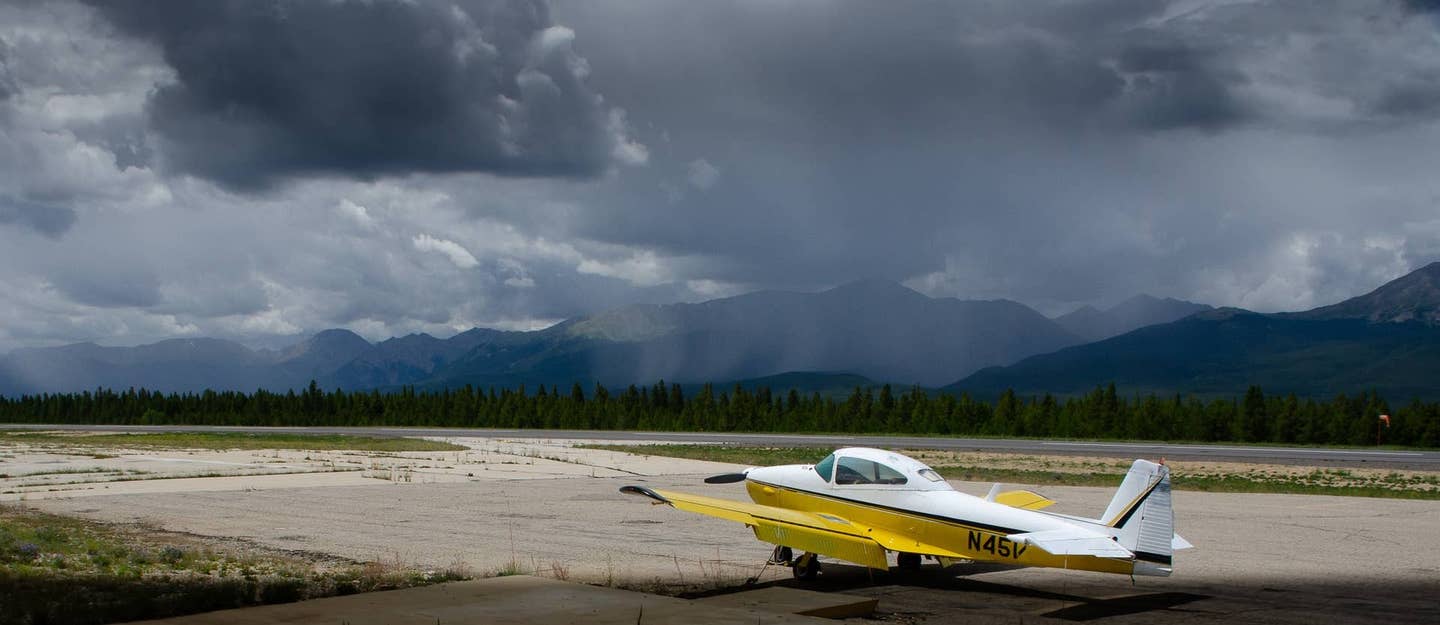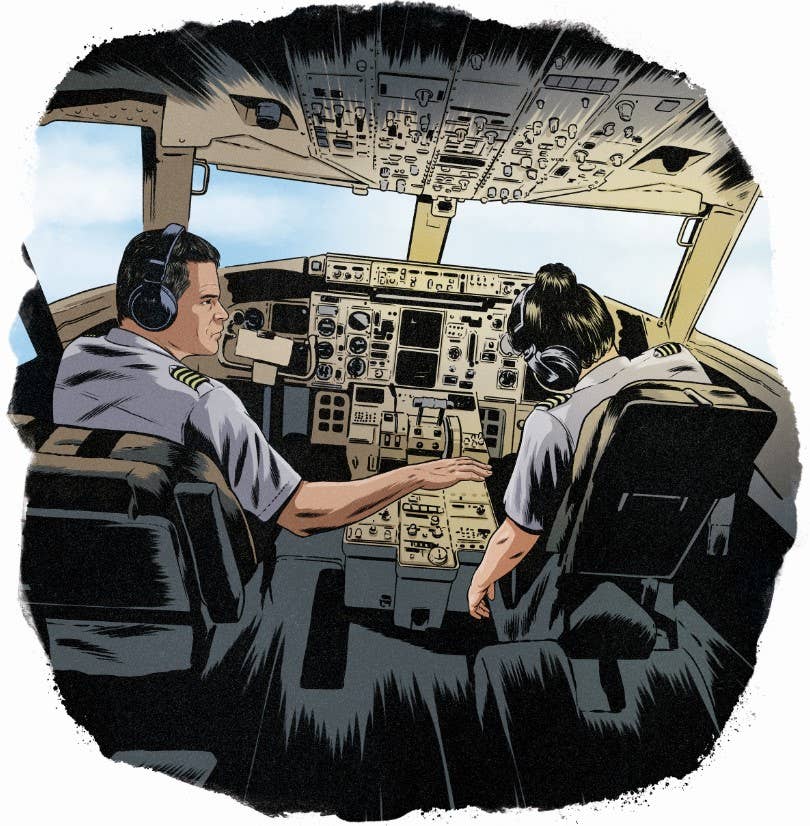
One pilot’s brush with bad weather shows
how crucial it is to be prepared for anything.
__My wife's sister invited my wife and I to spend Memorial Day weekend with her and her husband in Cape May, New Jersey. An early summer visit to the Jersey shore sounded like fun, plus I could fly us there in our Cessna Skyhawk. Our plan was to fly out on Saturday, spend a couple of days and return on Tuesday. We had a time cushion on either side of the weekend, so I didn't think weather would be a problem.
Saturday morning was hazy and overcast in Indianapolis, and the Weather Channel radar showed a line of precipitation in central Ohio just north of our route. Our IFR flight to Morgantown, West Virginia, was uneventful. We landed in marginal VFR conditions, stretched, refueled and headed on to Cape May in improving weather. As we flew directly over the Baltimore-Washington International Airport at 7,000 feet, we could see the New Jersey coastline.
Four hours after leaving Indianapolis, we were in Cape May, where it was pretty good beach weather — sunny and warm. The next two days we had great fun on the boardwalk, walking the beach and enjoying really good restaurants.
All too quickly, we needed to plan our return. Again, central Ohio was forecasting rain and thundershowers throughout the day. We left Cape May in the early morning, heading once again toward Morgantown. When we arrived, the radar showed a definite line of weather west of Cincinnati — south of our route to Indianapolis but moving to the northeast.
Not a problem. We made a quick change of plans and decided to fly to Cincinnati, land at Lunken Airport, check the radar again there and find an open route for a quick “sprint” to Indianapolis.
Soon we were on our way to Cincinnati, with an IFR flight plan and partly cloudy skies. Just over halfway there, I began to see some towering clouds growing just north of our route. As we got closer to Cincinnati, the sky ahead of us began to fill also, and we were forced to dodge buildups all around us. At this time, we transferred to Cincinnati approach and were advised to expect a visual approach into Lunken. However, as was always my practice, I had the approach plates for Lunken readily available. This turned out to be a good thing. Ahead of us was a business jet also headed to Lunken, and when Cincinnati approach approved it for the ILS approach, it got my attention. The next thing I knew we were vectored to a heading north of the airport and advised to expect the ILS approach.
Through thickening clouds, we began our descent, and just as we intercepted the localizer, we were transferred to Lunken tower. Directly ahead of us was a wall of very dark clouds. "Lunken tower, Skyhawk 9424F, level at 3,000, ILS 21 left approach." The tower came right back: "N9424F, are you aware that there is a thunderstorm over the field with lightning?"
The next few seconds were a blur of activity — heavy rain began to pelt the airplane; I firewalled the throttle, turned back to the east, began a climb and reported: “9424F, climbing left turn, request vectors to Clermont County.”
I had just enough sense in those few seconds to remember two things — the only clear sky was east of us, and I had actually seen the Clermont County airport as we flew over it a few minutes earlier. As quickly as we flew into it, we were back out of the heavy rain, into clear skies, and had the airport in sight. We were on the ground in about 10 minutes, pushed the airplane to a tiedown spot and had it secured just as the storm blew in. Thunder, lightning and horizontal rain descended on the airport.
Once inside the FBO, a quick look at the radar gave me the whole picture. The line of weather I had seen in Morgantown had grown and spread to cover a large portion of southeast Indiana and a slice of Ohio. Thinking it would blow over fairly quickly, and for the time being pretty happy to be on the ground, we settled in for a short stay.
Three hours later the rain had not let up and the radar picture had not changed. There was a stalled frontal boundary planted right where I wanted to go. It was obvious that the only way we were going to get home that day was on the ground. So we got a car and drove the two hours home through the rain. Two days later, when things had finally cleared up and settled down, I drove back and “finished” the trip by flying home.
So what did I learn? One thing’s for certain about the weather — it will not be as forecast. It may be better (the flight east) or worse (as it was heading home), but it will be different. Therefore, you have to be ready for anything. When we were switched from the visual approach to the ILS, I was ready. The approach plate was already out and clipped to the yoke. And you always need to have an out. Although I wasn’t as on top of this as I should have been, I did know where the blue sky was and fortunately I had seen the Clermont County airport as we flew over it.
The only real surprise to me was how calm my wife was. I felt like I was on the verge of panic, but I apparently acted and sounded like I was in control, so she was not concerned. She even thought it was interesting — and she still flies with me!

Sign-up for newsletters & special offers!
Get the latest FLYING stories & special offers delivered directly to your inbox


